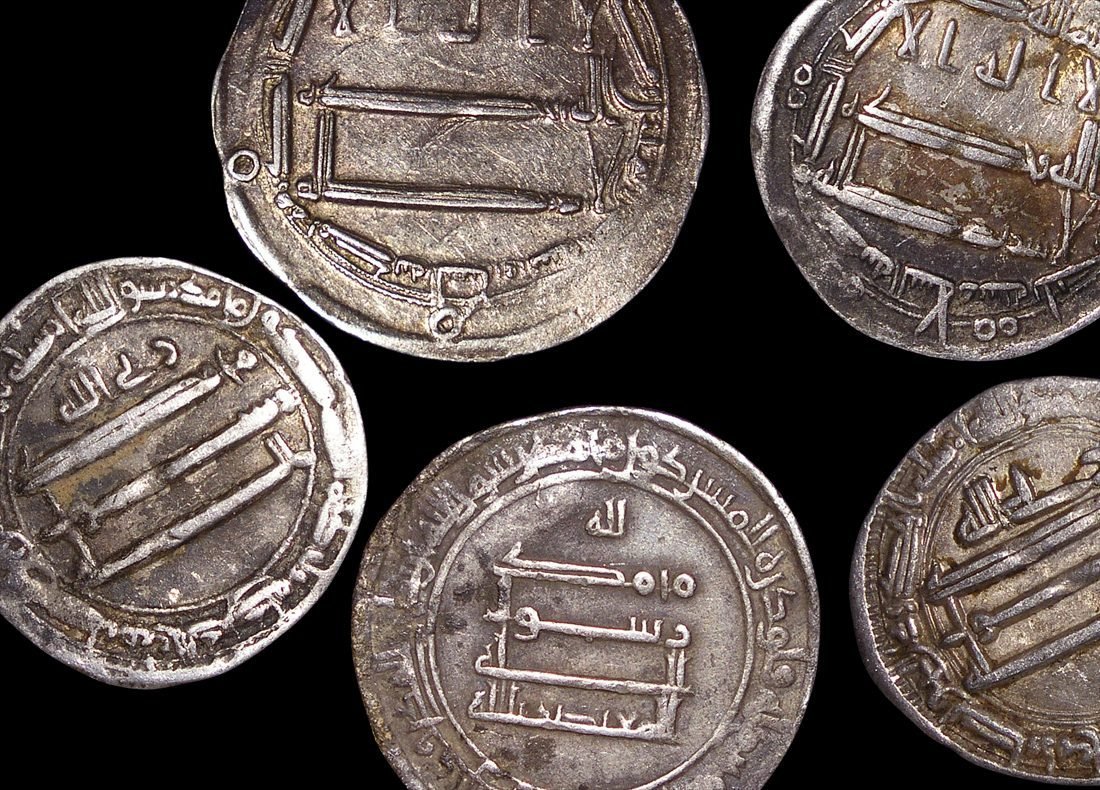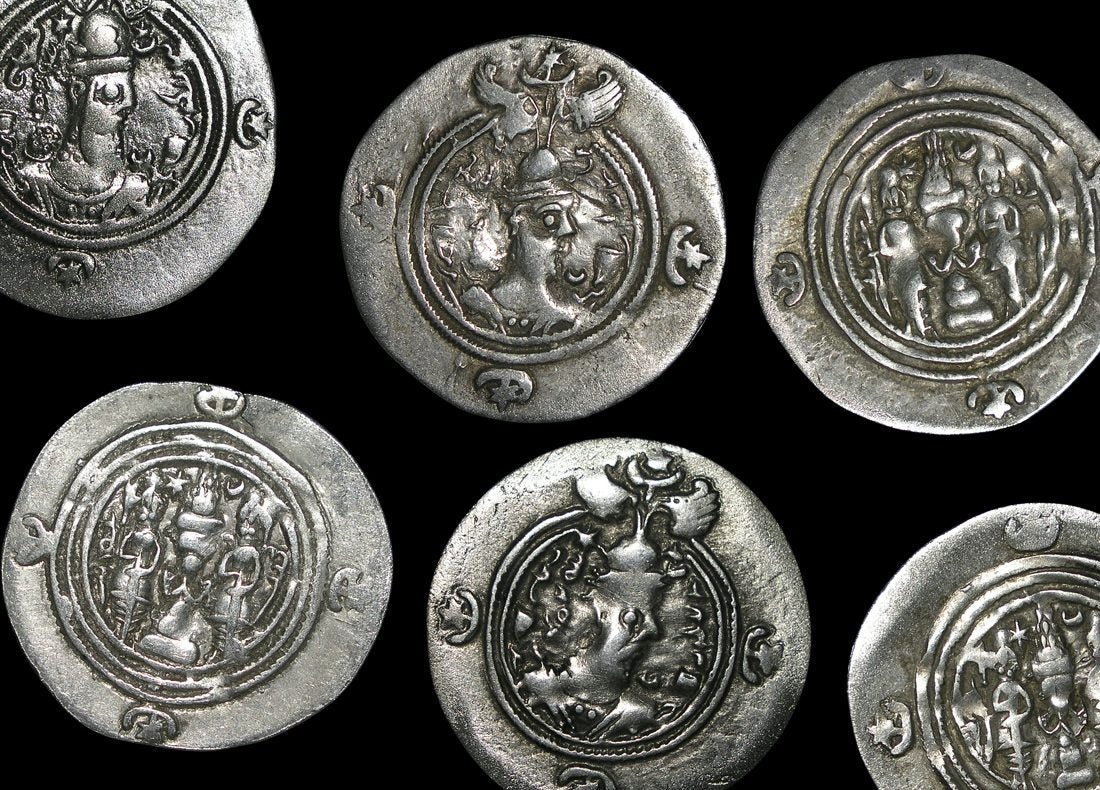 Image 1 of 1
Image 1 of 1


Abbasid Caliphate Bronze Fals (about 1,270-770 years ago)
This bronze fals was issued by the Abbasid Caliphate, the third Islamic dynasty to rule after Prophet Muhammad. Minted across the vast Abbasid territories (spanning modern Iraq, Iran, and parts of Central Asia, North Africa, and the Middle East), this coin represents the golden age of medieval Islamic civilization with its capital in Baghdad.
Coin Description:
Front side: Typically contains Arabic inscriptions in elegant Kufic script, likely including the Islamic declaration of faith (shahada): "There is no god but Allah and Muhammad is the messenger of Allah," possibly surrounded by additional religious phrases or the mint location.
Back side: Features more Arabic inscriptions, likely including the name of the reigning caliph, the date in both Hijra (Islamic) calendar and sometimes the minting location, all arranged in concentric circles or in a field with a decorative border.
Technical Details:
Material: Bronze
Denomination: Fals (the basic bronze unit in the Islamic monetary system)
Minting date/period: 750-1258 CE (approximately 1,270-770 years ago)
Condition: Varies by specimen
Historical Significance:
This coin circulated during the rule of the Abbasid Caliphate, which claimed legitimacy through descent from Muhammad's uncle Al-Abbas. After overthrowing the Umayyad dynasty in 750 CE, the Abbasids established their capital in Baghdad, presiding over Islamic civilization's intellectual and cultural flowering. Though their political authority gradually weakened as local dynasties gained independence, the Abbasids retained their religious authority as caliphs until the Mongol conquest of Baghdad in 1258 CE, making their coinage a testament to one of history's most influential dynasties.
This bronze fals was issued by the Abbasid Caliphate, the third Islamic dynasty to rule after Prophet Muhammad. Minted across the vast Abbasid territories (spanning modern Iraq, Iran, and parts of Central Asia, North Africa, and the Middle East), this coin represents the golden age of medieval Islamic civilization with its capital in Baghdad.
Coin Description:
Front side: Typically contains Arabic inscriptions in elegant Kufic script, likely including the Islamic declaration of faith (shahada): "There is no god but Allah and Muhammad is the messenger of Allah," possibly surrounded by additional religious phrases or the mint location.
Back side: Features more Arabic inscriptions, likely including the name of the reigning caliph, the date in both Hijra (Islamic) calendar and sometimes the minting location, all arranged in concentric circles or in a field with a decorative border.
Technical Details:
Material: Bronze
Denomination: Fals (the basic bronze unit in the Islamic monetary system)
Minting date/period: 750-1258 CE (approximately 1,270-770 years ago)
Condition: Varies by specimen
Historical Significance:
This coin circulated during the rule of the Abbasid Caliphate, which claimed legitimacy through descent from Muhammad's uncle Al-Abbas. After overthrowing the Umayyad dynasty in 750 CE, the Abbasids established their capital in Baghdad, presiding over Islamic civilization's intellectual and cultural flowering. Though their political authority gradually weakened as local dynasties gained independence, the Abbasids retained their religious authority as caliphs until the Mongol conquest of Baghdad in 1258 CE, making their coinage a testament to one of history's most influential dynasties.




















